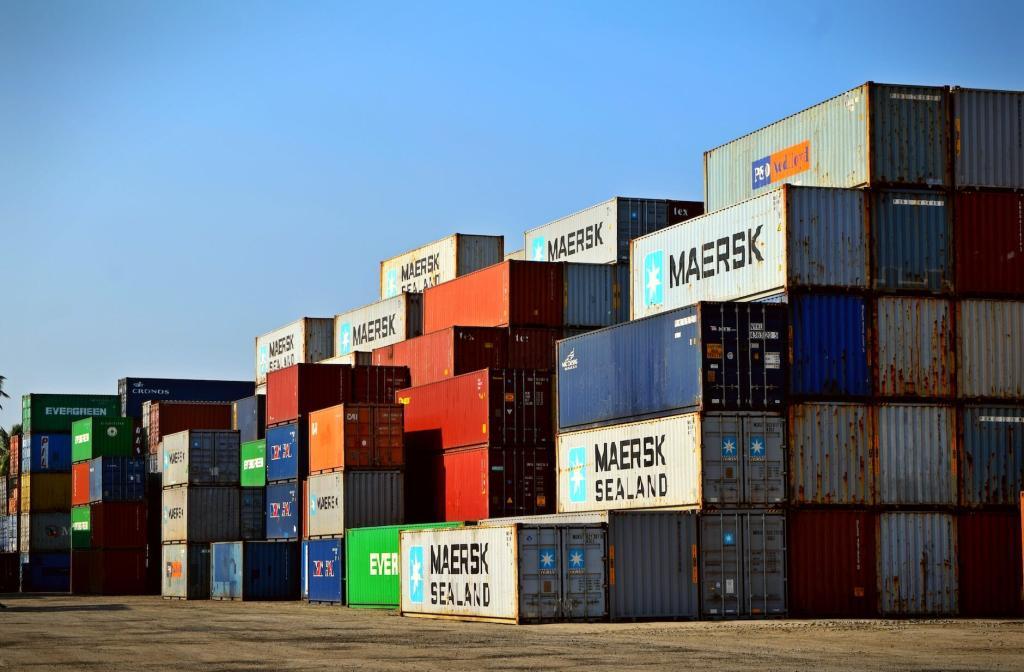Last updated on March 2nd, 2024 at 05:36 pm
Are you an aspiring entrepreneur looking to tap into the global market? If so, starting an export business in Kenya could be the perfect opportunity for you. With its strategic location, diverse economy, and abundance of natural resources, Kenya offers a promising environment for international trade. In this blog post, we’ll walk you through the essential steps to start your export business successfully. So, fasten your seatbelt and let’s dive into the world of exporting.
Here are steps to start your export business in Kenya
Step 1: Identify your Export Product
The first step in starting an export business is to determine the product you want to export. Conduct market research to identify goods that have a demand in international markets, and assess if you can source them locally or through partnerships with Kenyan manufacturers. Remember to consider factors like quality, price competitiveness, and the potential for scalability.
Step 2: Conduct Market Research
Understanding your target market is crucial for export success. Research the countries where your product has a demand, evaluate the competitive landscape, and identify any legal and regulatory requirements. Engage with trade associations, attend industry conferences, and leverage online resources to gather valuable market insights that will help you position your product effectively.
Step 3: Develop a Business Plan
Crafting a well-thought-out business plan is essential for any entrepreneurial endeavor. Outline your export goals, marketing strategies, financial projections, and operational plans. Include details on your product, target market, pricing strategy, distribution channels, and potential risks. A comprehensive business plan will not only serve as a roadmap but also help you secure funding from investors or financial institutions if needed.
Step 4: Establish Supplier and Buyer Relationships
Building strong relationships with suppliers and buyers is vital in the export business in Kenya.
First, identify reliable suppliers who can consistently meet your product quality and quantity requirements.
Network with potential buyers and distributors in your target markets to establish trust and negotiate favorable terms. Attending international trade fairs and leveraging online platforms can help you connect with potential partners efficiently.
Step 5: Understand Export Regulations and Documentation
Complying with export regulations is crucial for smooth operations and avoiding legal issues.
Familiarize yourself with the export policies, licensing requirements, customs regulations, and any trade agreements or restrictions. Seek guidance from relevant government agencies, such as the Kenya Export Promotion and Branding Agency (KEPROBA), and ensure you have the necessary documentation, including export licenses, certificates of origin, and shipping contracts.
Step 6: Logistics and Shipping
Efficient logistics and shipping play a significant role in international trade. Research freight forwarders, shipping lines, and transport options to find the most cost-effective and reliable solutions. Understand the Incoterms (international commercial terms) and choose the most suitable one for your business. Collaborate with logistics experts to handle customs clearance, freight forwarding, and warehousing, ensuring smooth and timely delivery of your products.
Step 7: Marketing and Promotion
Once you have established your supply chain and logistics, it’s time to create a strong brand presence in the international market. Develop a marketing strategy that includes digital marketing, participating in trade shows, leveraging social media, and building an informative and user-friendly website. Invest in creating a professional product catalog, brochures, and other marketing collaterals to showcase your products effectively.
Conclusion: Starting an export business in Kenya can be a rewarding venture for entrepreneurs seeking global opportunities. However, it requires careful planning, market research, and a thorough understanding of international trade regulations.
By following the steps outlined in this guide, you can navigate the export process with confidence. Remember, patience and persistence are key, and always stay updated with market trends and changes in trade policies. Now, it’s time to set sail and make your mark on the global stage.
